Edmond O’Brien, a film noir stalwart who appeared in more than 100 films, was born Sept. 10, 1915, in New York City. He died on May 9, 1985, in Inglewood, Calif.
D.O.A./1950/United Artists/83 min.
“I don’t think you fully understand, Bigelow,” says a doctor to his shocked patient, “you’ve been murdered.”
This is the premise for 1950’s “D.O.A.,” directed by Rudolph Maté, a classic noir about a standup, solid guy from Banning, Calif., named Frank Bigelow (Edmond O’Brien) who, while on a trip to San Francisco, learns he has been poisoned with a time-released fatal toxin. He has just a few days to find his murderer. And here he thought it was just a hangover.It’s particularly bad luck because Bigelow hasn’t served time, he doesn’t play the horses, he’s not eyeing easy money. He is a self-employed accountant in a small town near Palm Springs minding his own business. True, he does like hard liquor, is a bit of a skirt chaser and he’s on the fence about committing to doting girlfriend Paula Gibson (Pamela Britton), but those are minor flaws in the noir scheme of things.
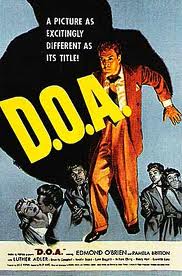 Even though Bigelow is dying, his genetic tough-guy instinct kicks as he abandons his ledger book and adding machine to follow clues, talk tough, tote a gun and chase his prey. Clearly, he missed his calling as a macho gumshoe who could give Phillip Marlowe or Sam Spade a run for their money.
Even though Bigelow is dying, his genetic tough-guy instinct kicks as he abandons his ledger book and adding machine to follow clues, talk tough, tote a gun and chase his prey. Clearly, he missed his calling as a macho gumshoe who could give Phillip Marlowe or Sam Spade a run for their money.
Checking in via phone calls to Paula, who also happens to be his secretary, he learns that a Mr. Phillips, an importer-exporter in Los Angeles, has been urgently trying to contact him. Bigelow returns to LA but, before he can probe for info, Phillips takes a flying leap from a tall building. So, Bigelow taps Phillips’ inner circle: his brother Stanley (Henry Hart), his wife (Lynn Baggett), his secretary Miss Foster (Beverly Garland, credited as Beverly Campbell), and co-worker Halliday (William Ching).
Turns out that Bigelow’s connection to these Angelinos is that six months prior, he notarized a bill of sale for a shipment of iridium. Phillips bought the stuff from a mysterious man named George Reynolds.
While working to track Reynolds down, Bigelow encounters a sultry and sullen model Marla Rakubian (Laurette Luez), a man known only as Majak (famed stage actor Luther Adler) – clad all in white and with an indeterminate foreign accent, which instantly makes him suspect in Tinseltown terms – and a trio of heavies led by raging psychopath Chester (Neville Brand, in his first movie). Though Brand might seem like a miscreant plucked from a dingy alley, he was in fact a WW2 vet, who had received numerous awards, including the Purple Heart.
As he narrows down the suspects, Bigelow also realizes that Paula is The One and the scene where he professes his love is touching. He eventually busts the bad guy in an eye-for-an-eye kind of way, but, as we knew from the start, Bigelow is a goner. No plot spoilers here.
Director Maté, who was the cameraman on foreign classics “Vampyr” and “The Passsion of Joan of Arc” as well as “Foreign Correspondent” and “Gilda,” tells a riveting story. Aided by Ernest Laszlo’s cinematography, Maté creates a mood that is both hard-boiled and slightly surreal. The storyline becomes so lusciously serpentine, with perilous curves and hairpin turns, it rivals Howard Hawks’ “The Big Sleep” from 1946 for the most convoluted plot in all of film noir.
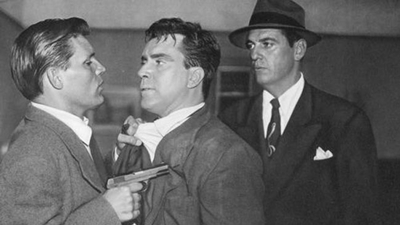
Chester (Neville Brand) gives Frank (Edmond O’Brien) some more trouble. Frank is definitely not having a good day.
I especially like the scenes in which Bigelow leaves the comfort of dancing the rhumba and downing a few drinks in the upscale St. Francis Hotel to visit the noisy, smoky Fisherman club, where he watches a bebop jazz band play its all and chats with “jive-crazy, high-society” Jeannie (Virginia Lee), an elegant blonde who turns out to be a mere red herring.
O’Brien, with his good looks and strapping self-confidence, plays the determined Bigelow as every man’s take-charge fantasy. Britton as Paula is the kind of girl next door that bad-ass femmes fatales played by actresses like Barbara Stanwyck and Joan Bennett would eat for breakfast. Her innocence is nicely countered by a rich array of dastardly, devious characters.
Clarence Greene and Russell Rouse wrote the original screenplay, perhaps inspired by a 1931 German film “Der Mann, der seinen Mörder sucht”/ “Looking For His Murderer” directed by master noir creator Robert Siodmak with writing help from the great Billy Wilder. (In “D.O.A.” Rouse’s name, along with Laszlo and assistant director Marty Moss, appears on the guest register of the Allison Hotel in Los Angeles.)
The movie was remade in 1969 as “Color Me Dead” and in 1988 with Dennis Quaid, Meg Ryan and Charlotte Rampling. The original is the best of the lot. Watch it and you’ll see why.
![edmond_obrien[1]](http://www.filmnoirblonde.com/wp-content/uploads/2011/02/edmond_obrien1-150x150.jpg)
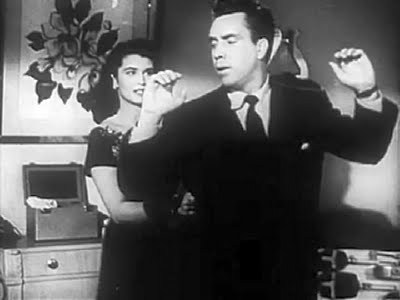





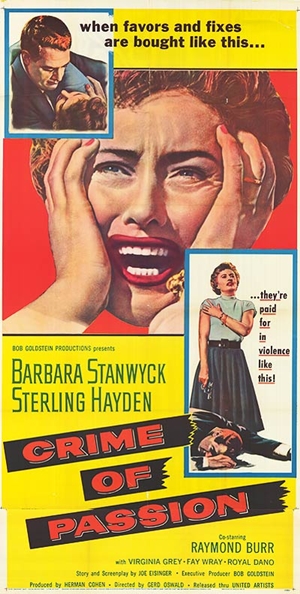
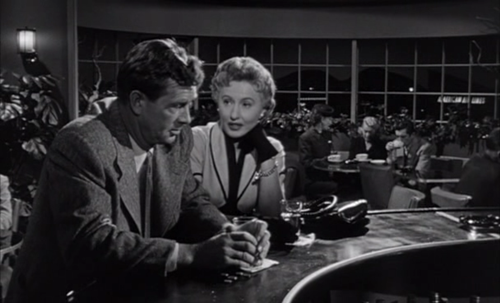

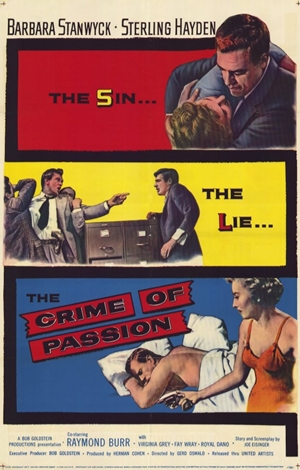
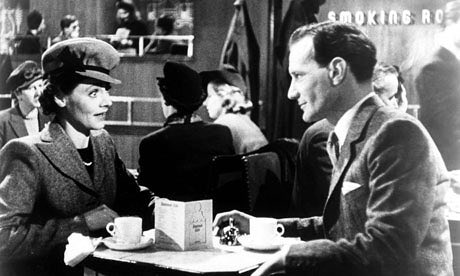


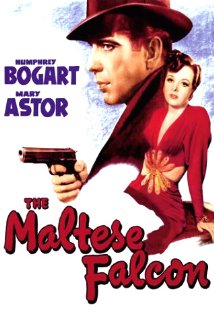
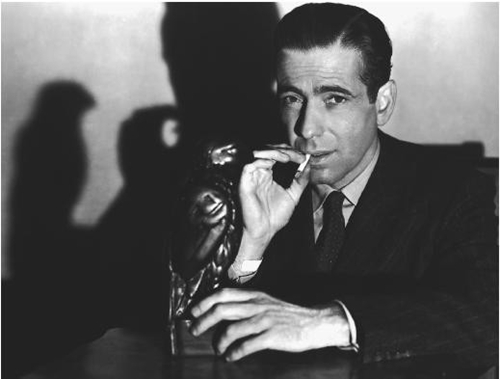
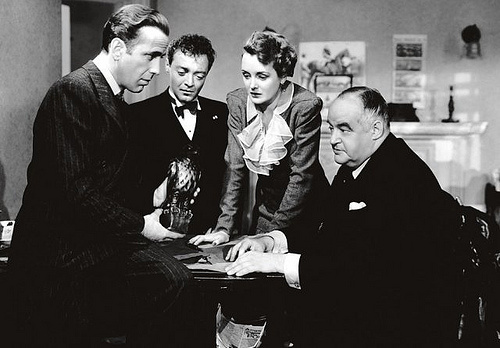
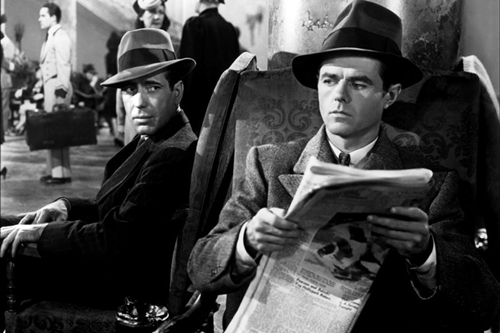
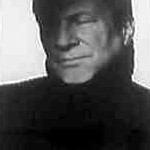
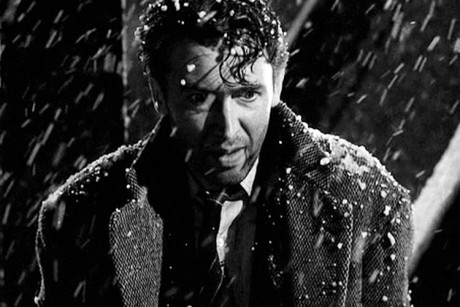
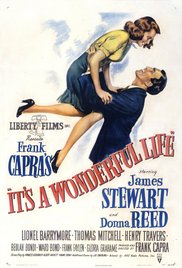
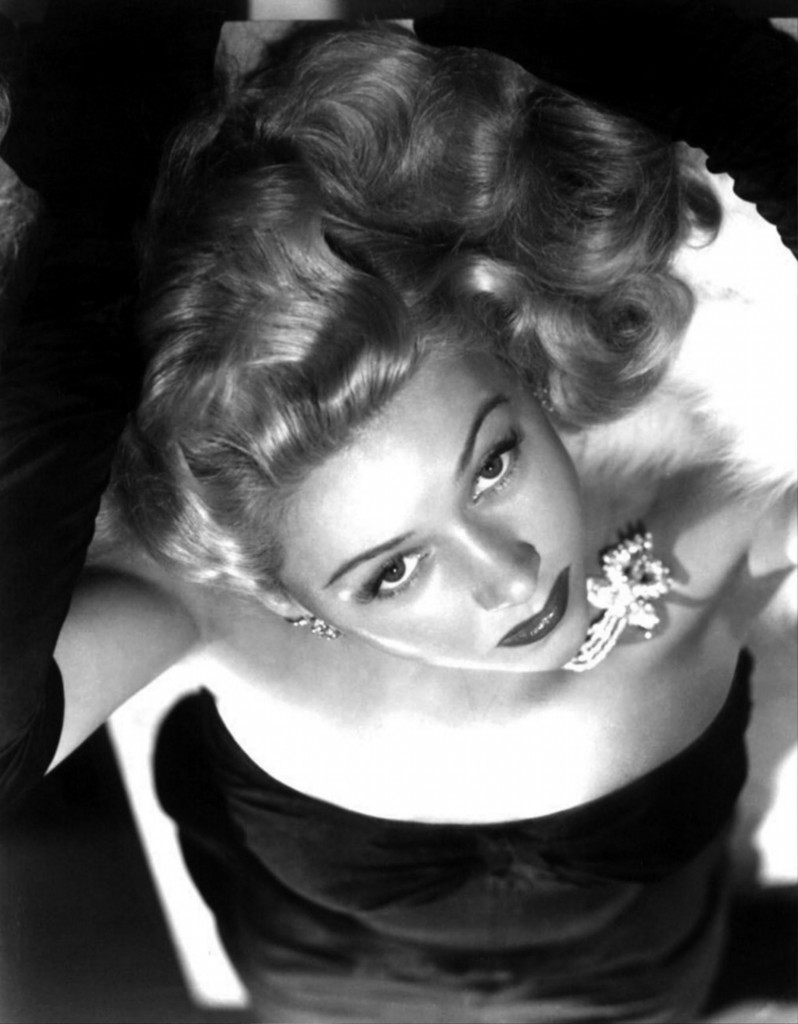
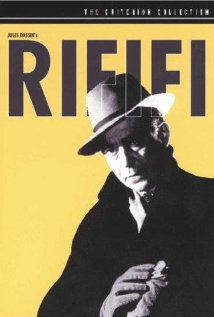
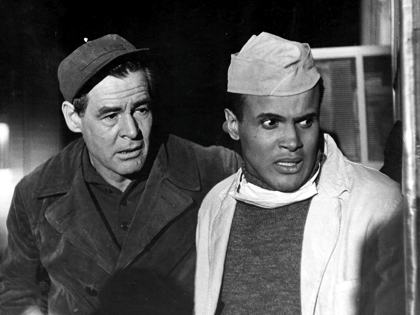
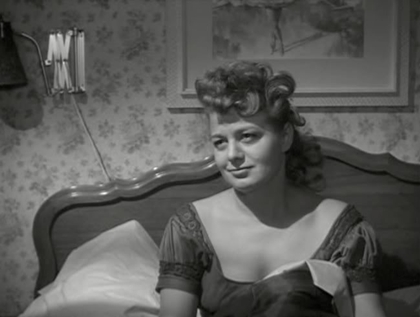
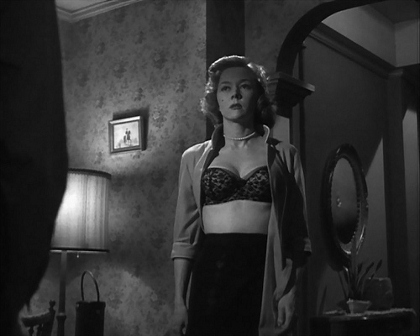
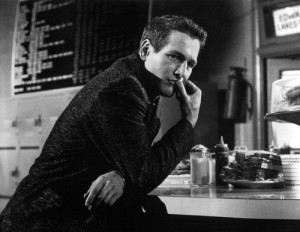
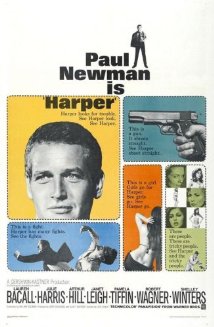
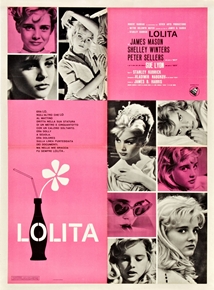

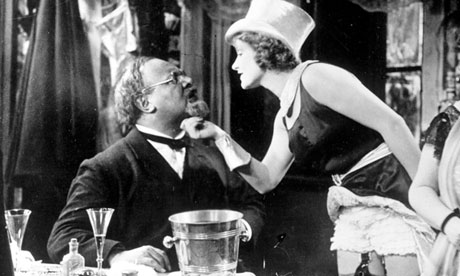
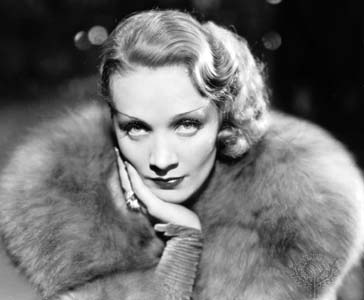
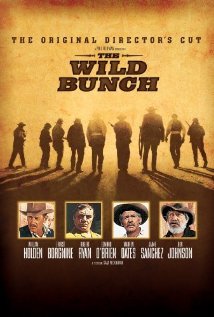
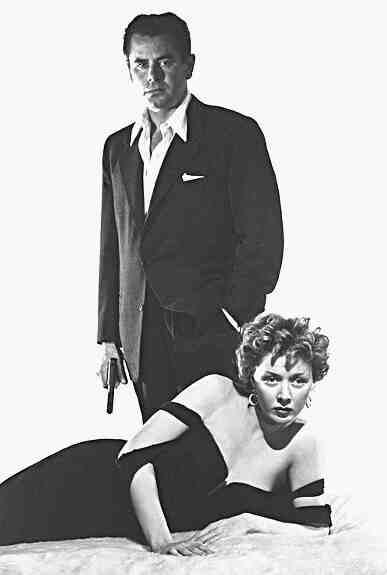
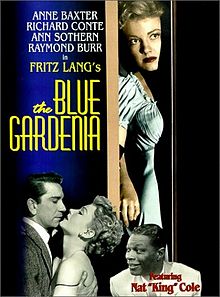
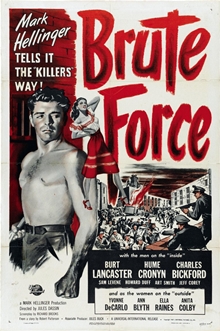





From FNB readers